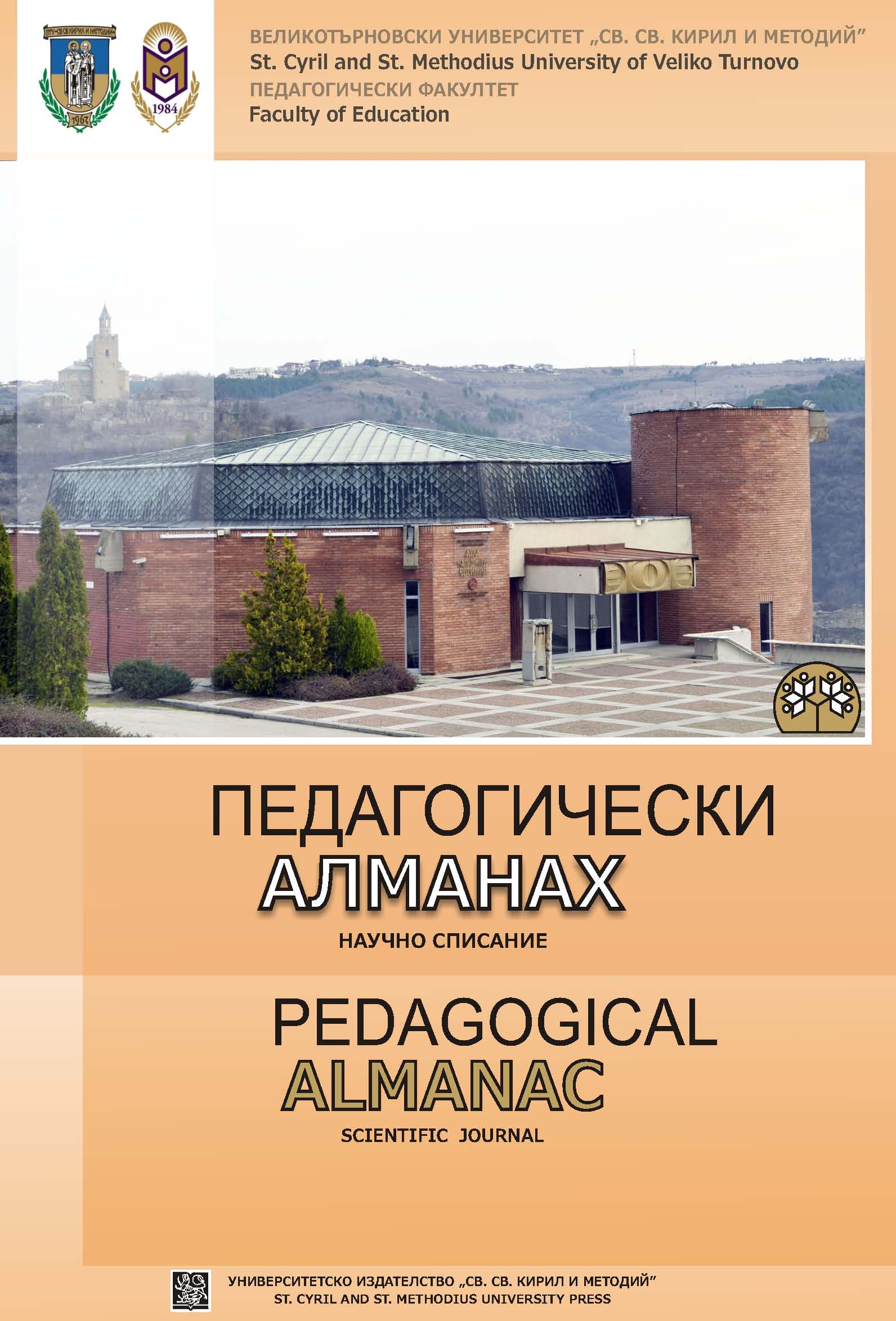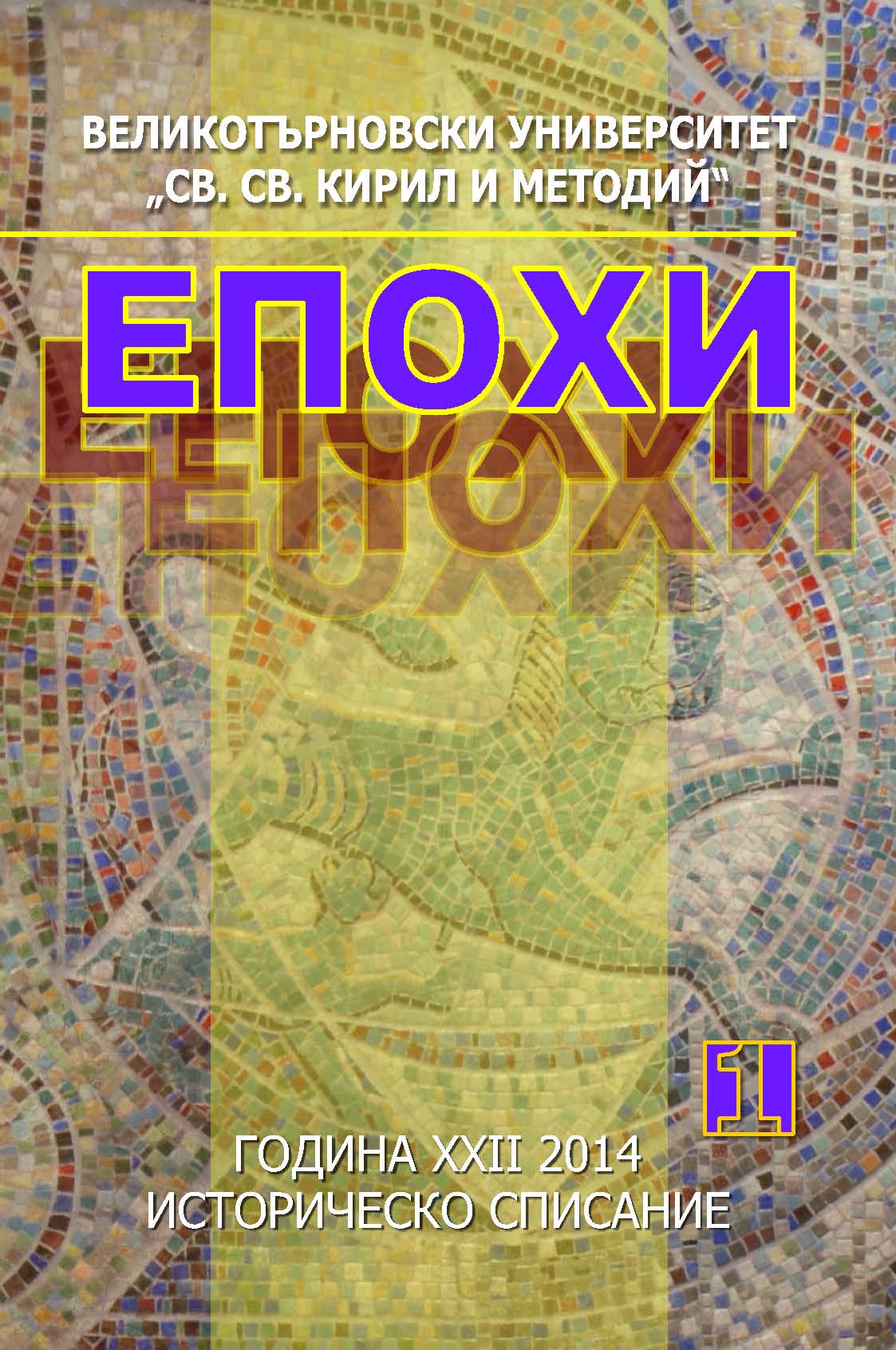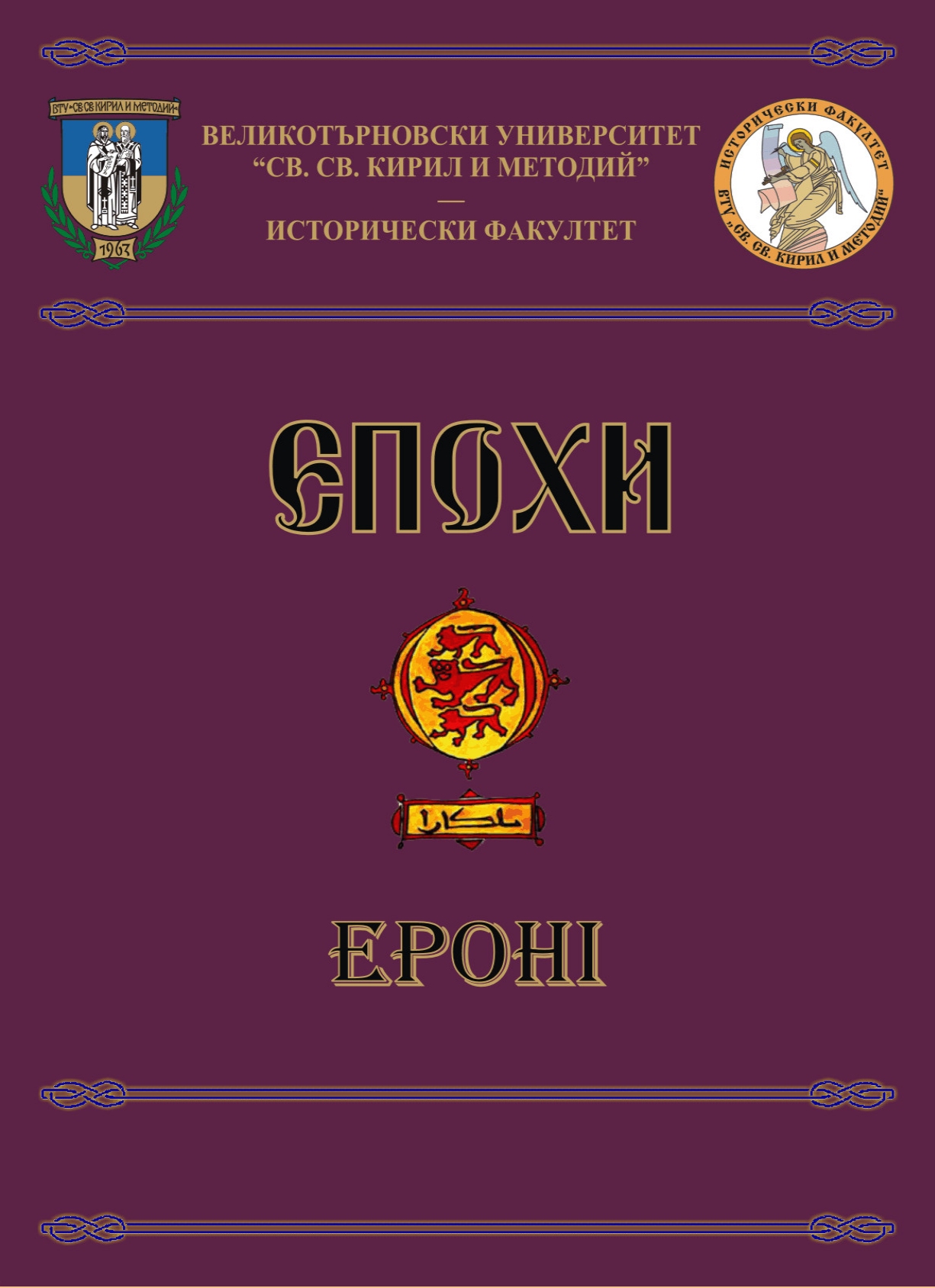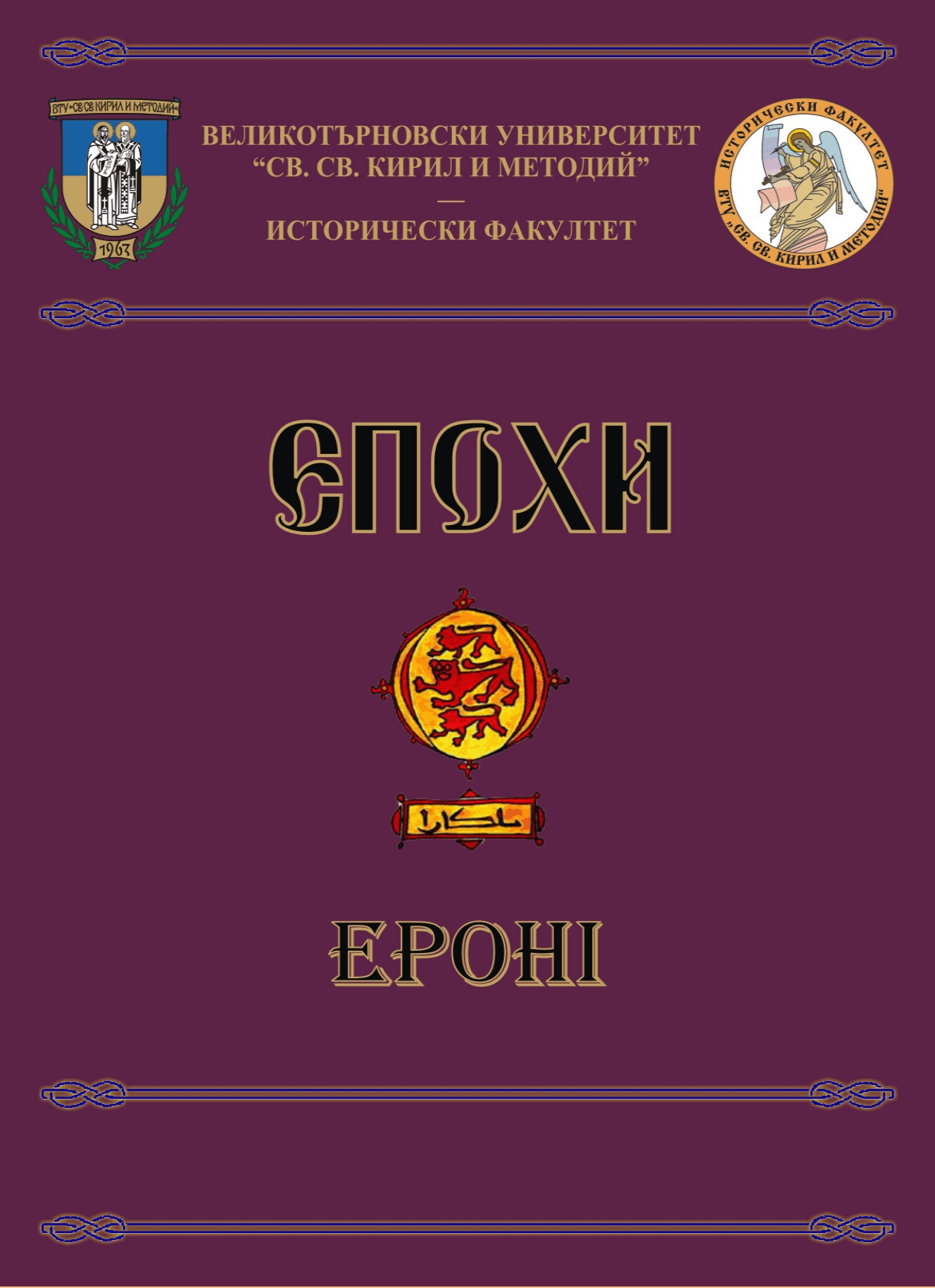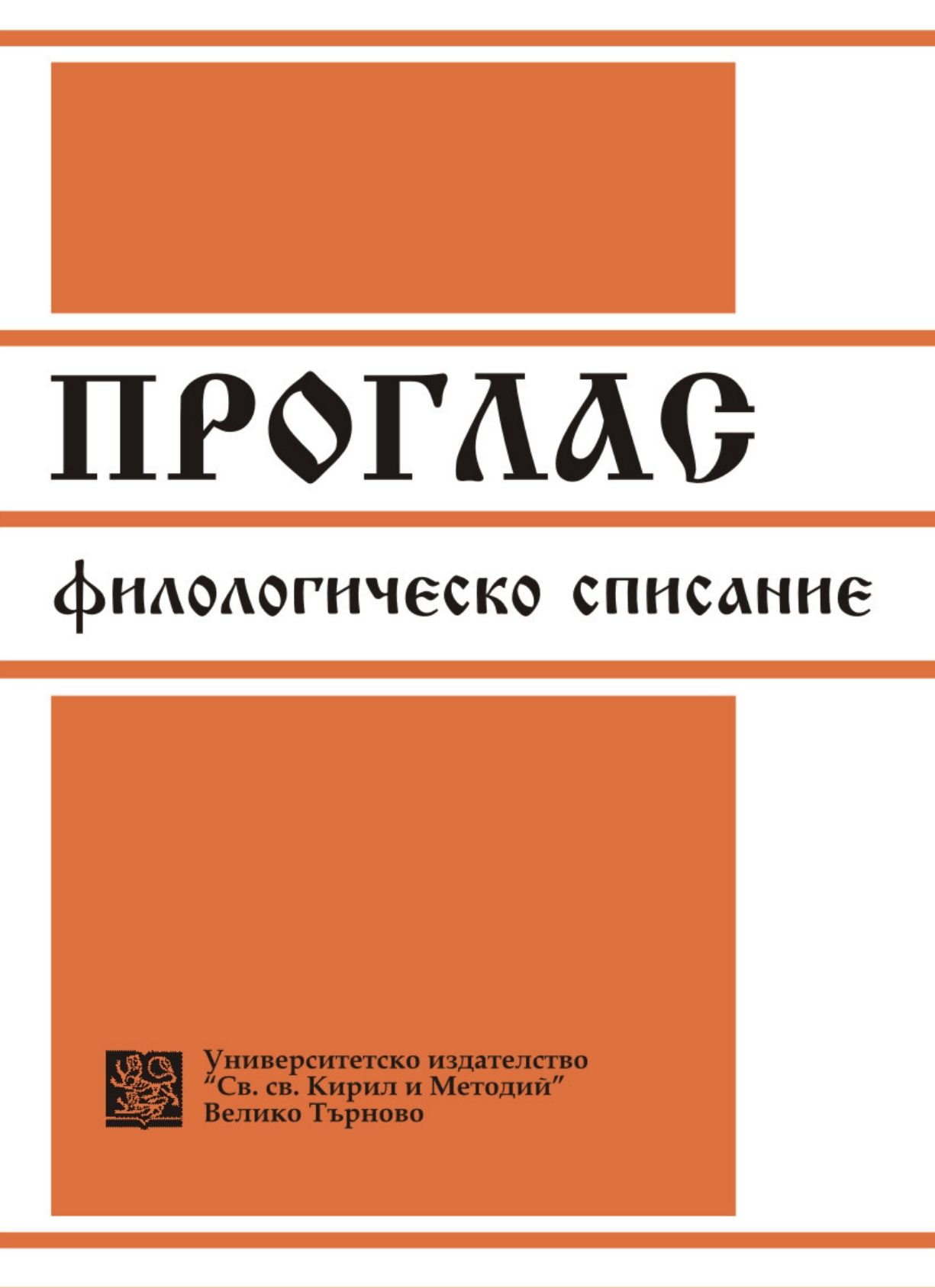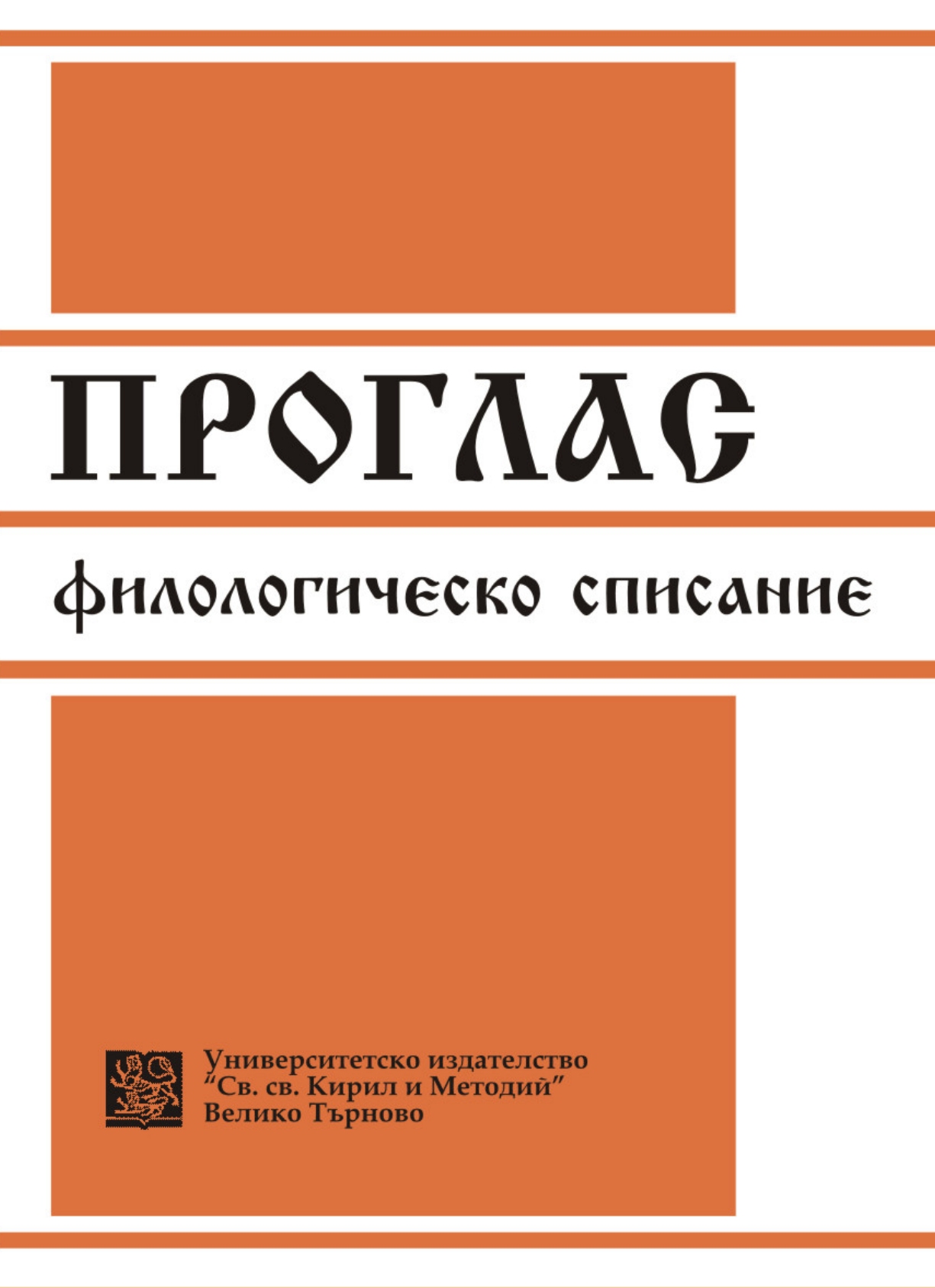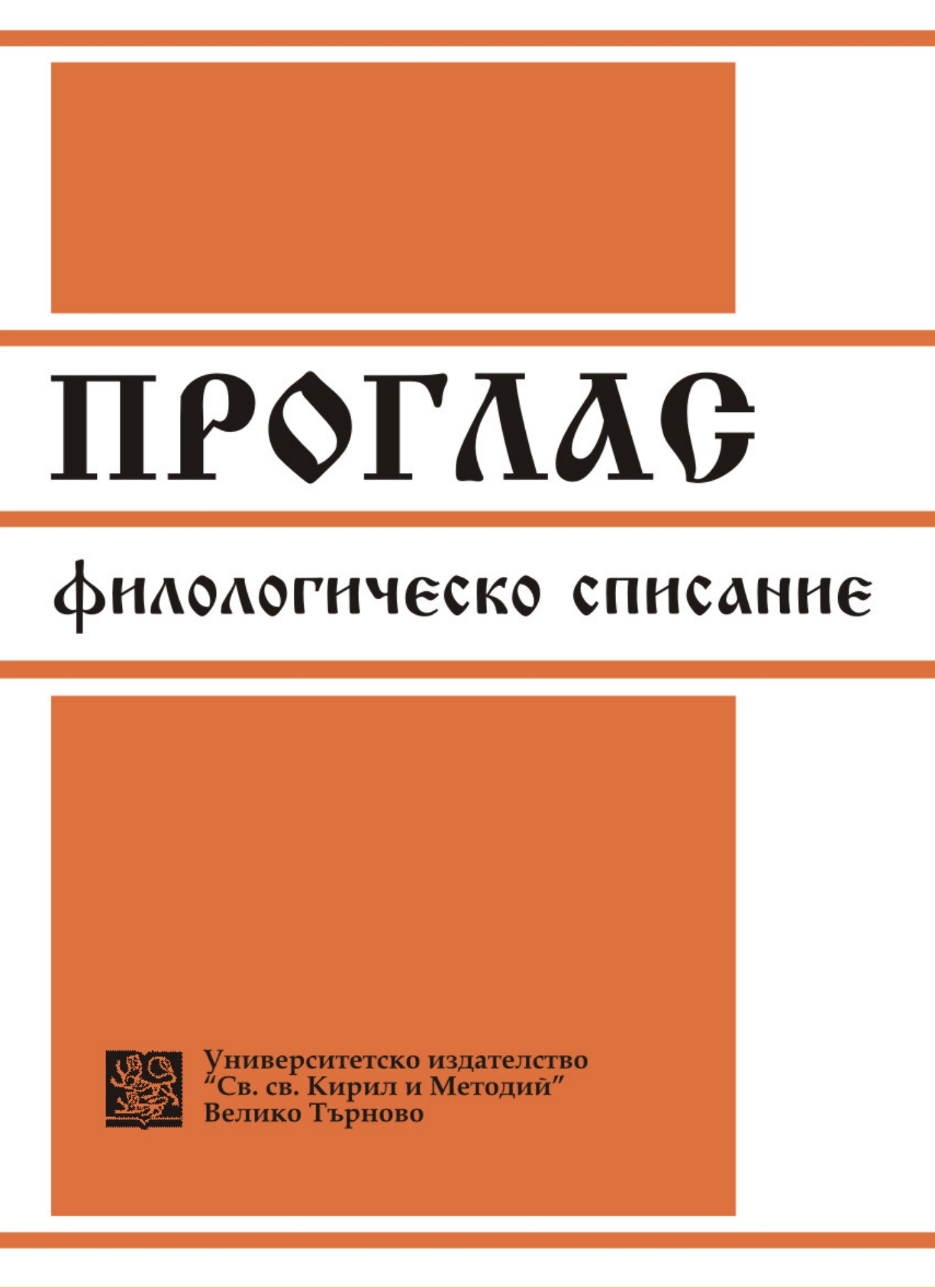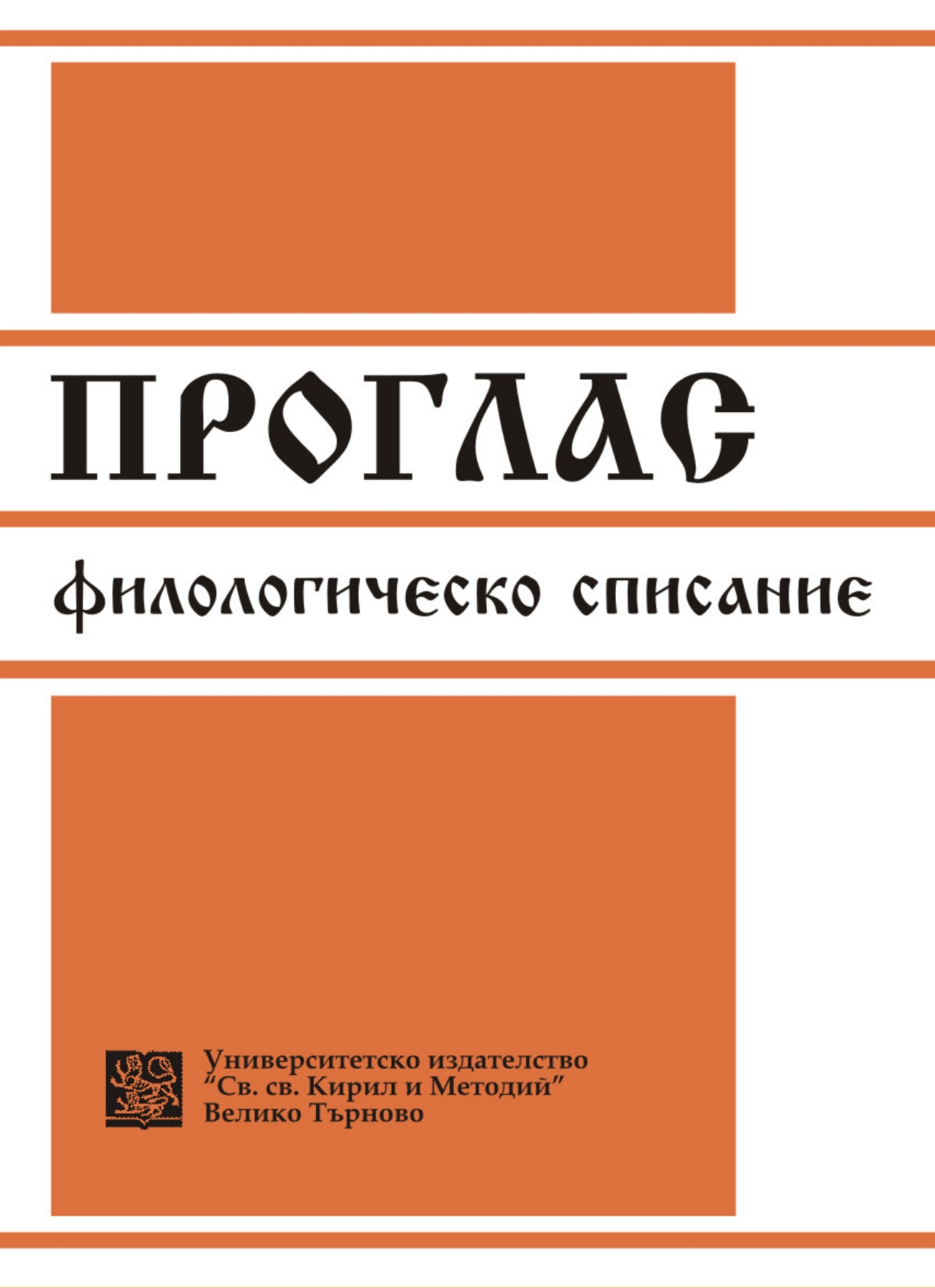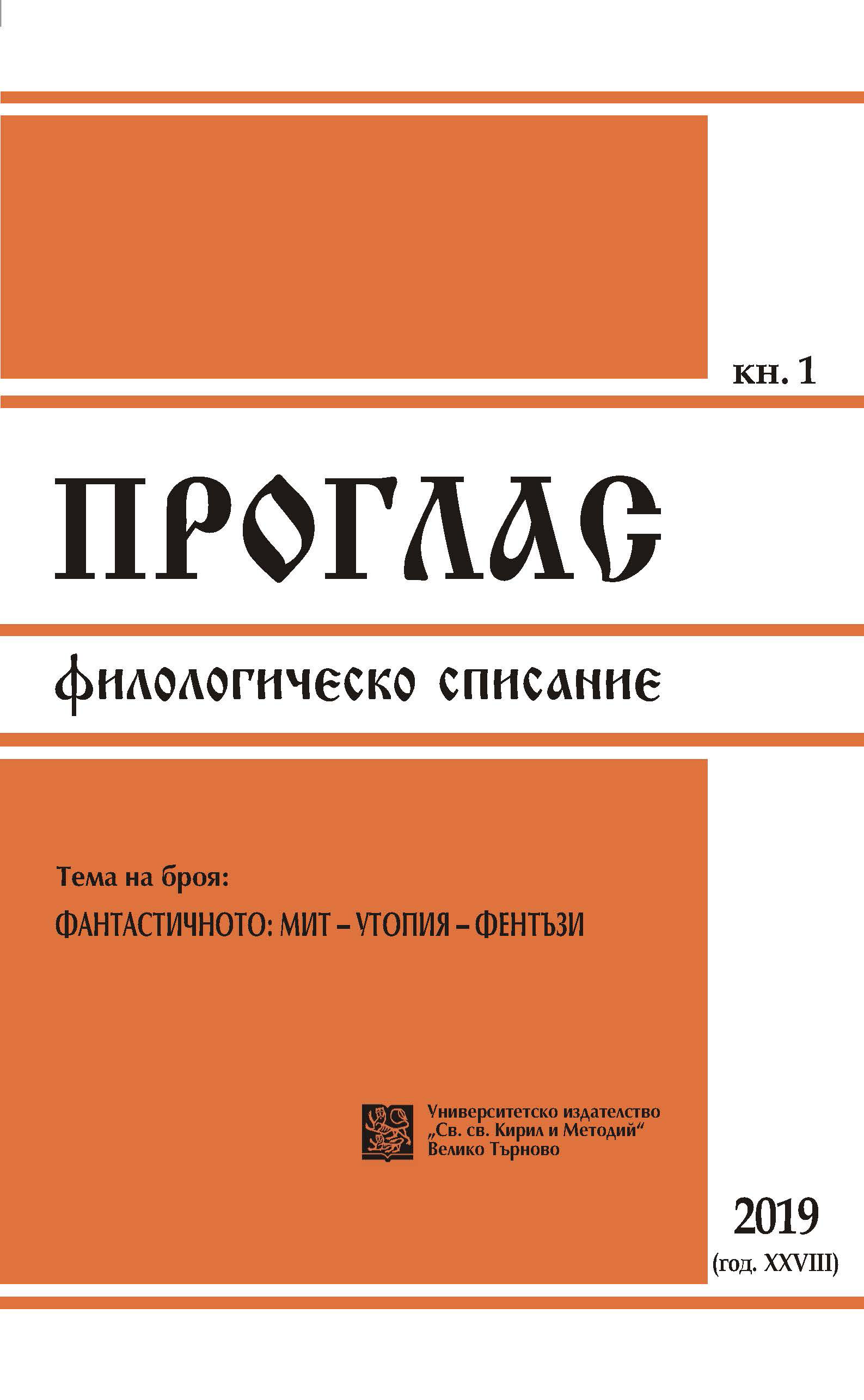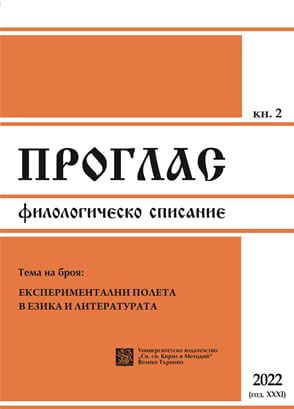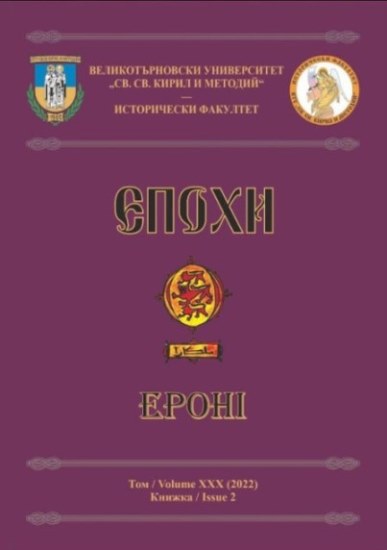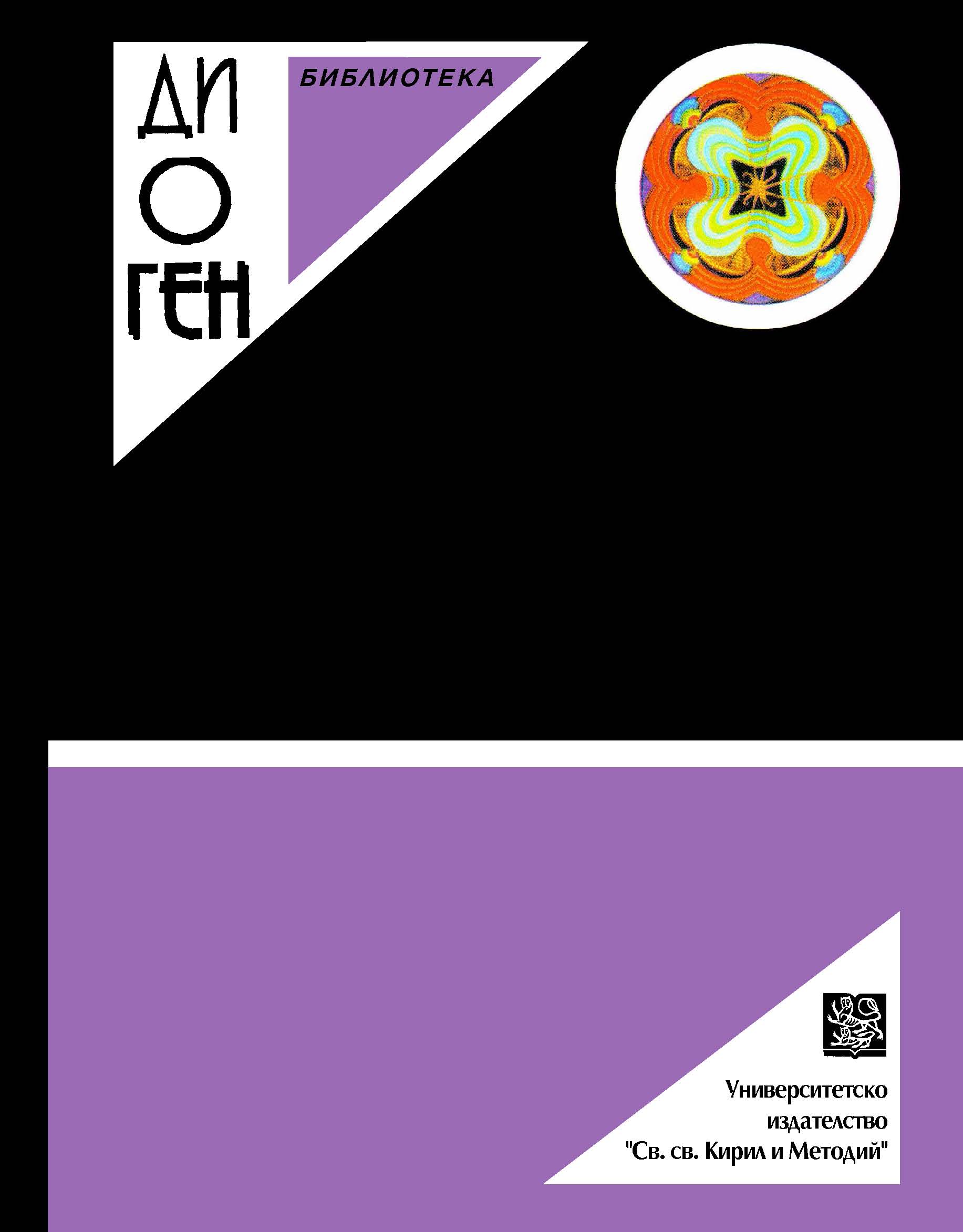
Методика на организация на изследване на деца „лишени от родителска грижа”
Social skills are developed along the entire life of a person. The social skills in the separate periods of development are influenced by different factors. Since in the first years of children’s life parents are the primary source of social and emotional support and the main factor in the formation of their personaltraits, there is the question of what happens to the children, who are abandoned by their parents and what influence the abandonment has on their social functioning. The aim of this publication is to describe the methodology and the approaches used for research of children “deprived of parental care” in their early school age and placed under the social services of the “Adoptive Care”Family-Type Residential Center.
More...

